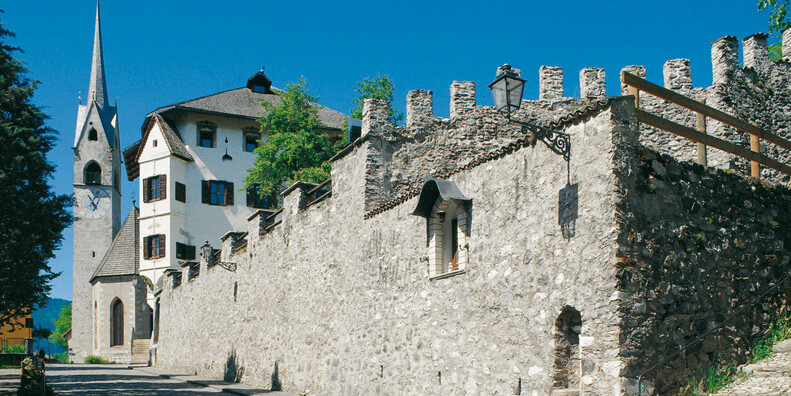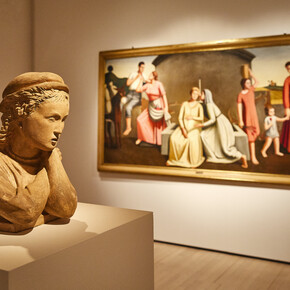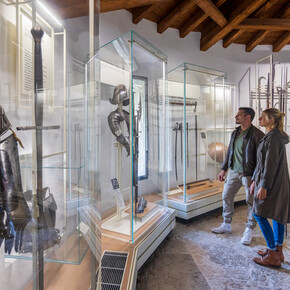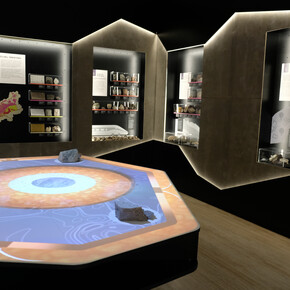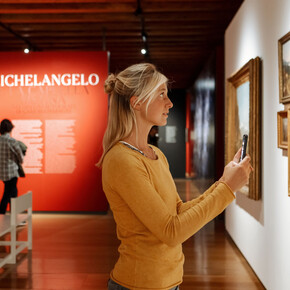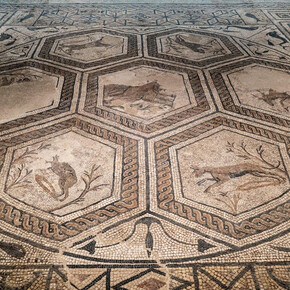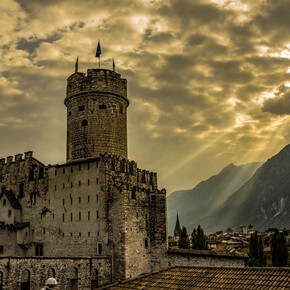Palazzo del Dazio o delle Miniere
The historical palace is now home to an ethnographic museum
Built in Fiera di Primiero in the 1550s and later refurbished - as documented by the date 1558 topping its front door - the Palazzo del Dazio or delle Miniere houses the small ethnographic museum of the Centro di Documentazione della Storia e Cultura Materiale di Primiero (Centre of Documenting History and Everyday Culture of Primiero). Refurbished in 1988, the museum has been organised over three floors. The mezzanine hosts a section dedicated to handicrafts, while the other floors showcase an exhibition focussed on mining and an exhibition devoted to the works by engineer Luigi Negrelli, who designed numerous European railroads and was the author of the plan to cut the Isthmus of Suez.
The aim of the castle's embattled walls and double row of slits was to underline the weight of its inhabitants. Sigismund - Archduke of Austria and Count of Tyrol - had the castle built to make it the seat of the Bergrichter, the mining judge, who was supposed to oversee Primiero's mines and woods. As such, the Palazzo was erected between 1350 and 1500, matching the growth in silver and copper mining activities featured in the area. The precious metal was then stored in the fortified palace, before being sent to the Zecca di Hall (Münze Hall Mint) in Tyrol. A line of crests of the cities subject to Hapsburg rule can be admired on the façade of the building.

